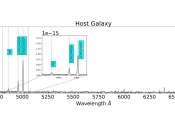Researchers show Reddit users caused the famous GameStop 'short squeeze'
Three years ago, the stock price of the company GameStop soared over 1,625% in just a week. While it's been speculated the primary cause was unprecedented, organized action among Reddit users using a trading strategy known ...









